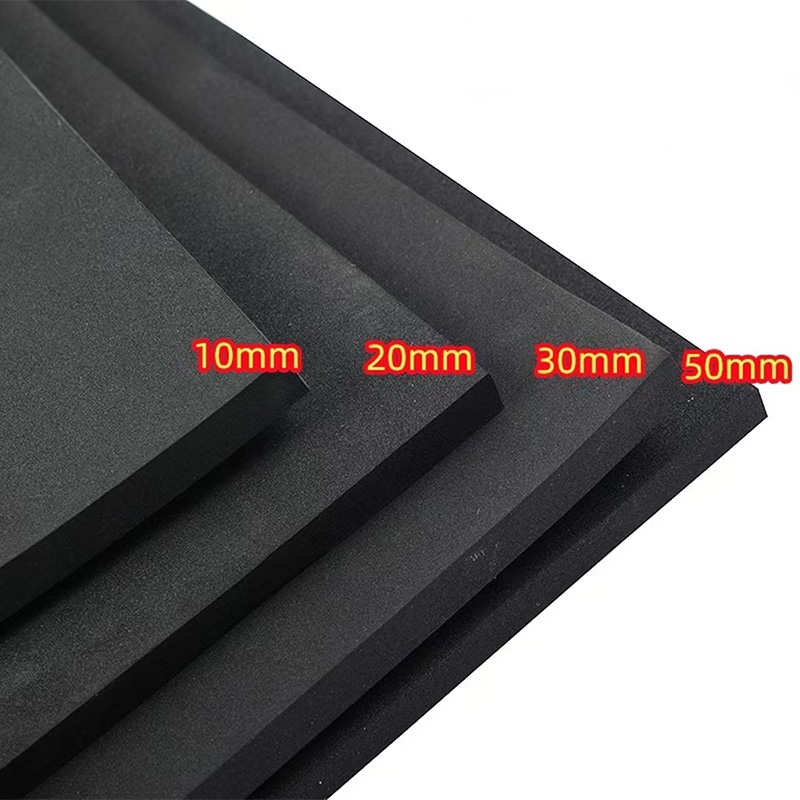Key Suppliers for Battery Production Equipment and Manufacturing Lines
The Landscape of Battery Production Equipment Line Suppliers
In recent years, the demand for battery production has surged dramatically, driven by advancements in technology and the increasing reliance on electric vehicles (EVs), renewable energy storage, and portable electronics. As a result, the need for highly efficient and reliable battery production equipment has become imperative. This article explores the current landscape of battery production equipment line suppliers, the types of equipment they offer, and the factors influencing their market dynamics.
The Growth of the Battery Market
The global battery market is experiencing exponential growth, particularly with the shift toward green energy solutions. According to industry reports, the market is expected to reach hundreds of billions of dollars in the coming years, fueled by the rise of electric vehicles and the need for energy storage systems. This growth presents a robust opportunity for suppliers of battery production equipment.
Types of Equipment Offered
Battery production involves several stages, each requiring specific types of equipment. Suppliers typically provide a full line of machinery for various processes, including
1. Mixing Equipment This equipment is crucial for preparing electrode materials, such as cathodes and anodes. Suppliers offer mixers that ensure a homogenous mixture of active materials, solvents, and additives, which is essential for the quality of the battery cells.
2. Coating Machines After mixing, the slurry is coated onto substrates to form electrodes. This process is vital for achieving the desired thickness and uniformity. Suppliers have developed advanced coating technologies, including slot-die coating and gravure coating, to enhance efficiency and precision.
3. Drying Equipment The drying process removes solvents from the coated electrodes, a critical step to ensure proper battery performance. Advanced dryers, such as infrared and hot air dryers, are offered by leading suppliers to optimize throughput while maintaining product quality.
4. Cell Assembly Machines The assembly process involves stacking or winding the electrodes with separators and electrolyte to create battery cells. Suppliers provide high-speed, automated assembly lines that minimize contamination and improve production efficiency.
5. Testing and Quality Control Equipment Ensuring the reliability and safety of batteries is paramount. Suppliers offer sophisticated testing equipment to check the electrical performance, capacity, and cycle life of batteries. Quality control systems are integrated into the production lines to monitor and adjust processes in real time.
battery production equipment line suppliers

Key Suppliers in the Market
Several key players dominate the battery production equipment market. These companies range from specialized manufacturers to larger industrial conglomerates
- Mitsubishi Electric Known for its automation and control systems, Mitsubishi Electric provides cutting-edge solutions for battery production lines, focusing on automation and precision.
- KUKA AG A leader in robotics and automation, KUKA supplies advanced robotic systems that enhance the efficiency of battery assembly lines.
- Chinese Manufacturers China is home to numerous suppliers like CATL and BYD, which not only produce batteries but also manufacture production equipment. These companies have made significant strides in reducing costs and increasing production volumes.
- German Engineering Firms Companies such as Krones AG and Schunk Group are known for their high-quality engineering and innovative solutions tailored to battery manufacturing processes.
Challenges and Future Trends
Despite the promising growth prospects, the battery equipment manufacturing sector faces several challenges. The rapid pace of technological change means that suppliers must continuously innovate to stay competitive. Sustainability is also becoming a significant factor, with increasing regulatory pressures pushing for greener production methods.
Looking ahead, the integration of artificial intelligence and machine learning into production lines presents exciting opportunities. These technologies can enhance efficiency, predictive maintenance, and quality control, thereby addressing some of the industry's current challenges.
Conclusion
The landscape of battery production equipment line suppliers is evolving in response to the booming demand for batteries. With advancements in technology and a focus on sustainability, suppliers are poised to play a crucial role in shaping the future of energy storage solutions. As the market continues to grow, collaboration between manufacturers, technology providers, and end-users will be essential to drive innovation and ensure the efficiency of battery production processes.
Share
-
Flat Rasp Techniques for Metal Surface FinishingNewsAug.22,2025
-
Can a Faulty Car Door Seal Cause Wind Noise?NewsAug.22,2025
-
How Rolling Roller Technology Improves Battery Production EfficiencyNewsAug.22,2025
-
Major Obstacles to Automating a Car Battery Assembly LineNewsAug.22,2025
-
The Role of Slitting Machines in Lithium Battery Electrode ManufacturingNewsAug.22,2025
-
Key Challenges in Lithium Battery Production Line OptimizationNewsAug.22,2025







